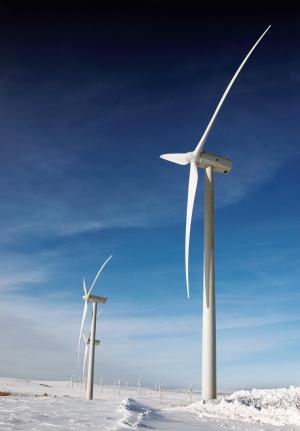Modern approaches to system operations and forecasting make the most of variable energy sources.
Michael T. Burr is Fortnightly’s editor-in-chief. Email him at burr@pur.com.
The old adage about changing weather (“if you don’t like it, wait an hour”) affects windpower as much as it affects picnics. Maybe more so, because picnickers can always seek shelter or fall back to the Country Kitchen Buffet.

For decades, utilities have praised windpower for the clean energy it provides, while simultaneously bemoaning its intermittent nature. Critics argue windpower is unreliable, and at any significant levels of market penetration it can become a system operator’s nightmare.
In recent years, however, the wind industry has been fighting back against such challenges. Nobody disputes windpower’s variability; that’s a given. But modern approaches to demand management, grid integration and wind forecasting are making windpower more predictable and grid friendly. And technology companies are marketing a variety of equipment and services to support a growing base of variable wind capacity—sort of like a virtual Country Kitchen Buffet for the windpower picnic.
“There’s real value in flexibility,” says Rob Gramlich, policy director for the American Wind Energy Association. “The key lesson from wind integration studies is the goal should be to balance the power system and aggregate load and generation.”
Reading the Wind
On a 50-meter tower near Ward, S.D., small pinwheels twirl in the wind.

